Unlocking the secrets of creative web design tutorials has never been more accessible, especially for those eager to master the art of crafting visually stunning and user-friendly websites. With the rise of digital presence, having a well-designed website is no longer a luxury but a necessity for businesses and individuals alike. However, navigating the complex world of web design can be daunting, especially for beginners who want to learn how to create a cool website design that captures the essence of their brand.
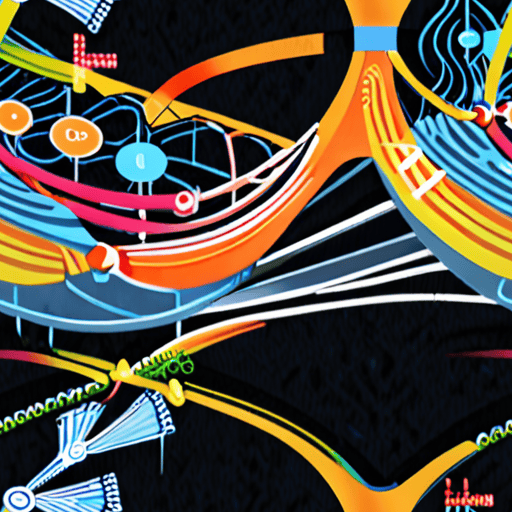
Teaching Yourself to Become a Web Designer
To become a skilled web designer, you need to develop a combination of technical, creative, and problem-solving skills.
-
Step 1: Learn the Basics of Web Design
Learn about color theory, typography, layout principles, and visual hierarchy to understand how to effectively communicate ideas through design.
-
Step 2: Familiarize Yourself with Web Development Tools
Get hands-on experience with popular web development tools like Adobe Creative Cloud, Sketch, Figma, and WordPress to learn how to build and design websites.
-
Step 3: Understand User Experience (UX) and User Interface (UI)
Study UX and UI principles to create intuitive and user-friendly designs that meet the needs of your target audience.
-
Step 4: Develop Your Coding Skills
Learn basic coding languages like HTML, CSS, and JavaScript to understand how to bring your designs to life.
-
Step 5: Practice and Build a Portfolio
Create a portfolio showcasing your best work to demonstrate your skills to potential clients or employers.
-
Step 6: Stay Up-to-Date with Industry Trends
Follow industry leaders, attend conferences, and participate in online communities to stay informed about the latest design trends and technologies.
-
Step 7: Join Online Communities and Forums
Connect with other designers, ask questions, and share your knowledge to continue learning and growing as a web designer.
-
Step 8: Take Online Courses and Tutorials
Supplement your education with online courses and tutorials to fill gaps in your knowledge and improve your skills.
-
Step 9: Network and Seek Feedback
Join design groups, attend events, and seek feedback from peers and mentors to refine your skills and gain valuable insights.
By following these steps and staying committed to your goals, you can develop the skills and expertise needed to succeed as a web designer.
Can I Learn Web Design on My Own?
With the abundance of online resources available, learning web design on your own is definitely possible.
- You can start by familiarizing yourself with the basics of HTML, CSS, and JavaScript through online tutorials and coding boot camps.
- Practice building simple websites using these skills, and gradually move on to more complex projects.
- Utilize online communities, forums, and social media groups to connect with other web designers, ask questions, and learn from their experiences.
- Take advantage of free and paid online courses, such as those offered by Udemy, Coursera, and Skillshare, to gain in-depth knowledge and stay updated with the latest trends and technologies.
Key Skills to Master
To become proficient in web design, focus on developing the following essential skills:
- HTML and CSS fundamentals
- JavaScript and front-end development
- User experience (UX) and user interface (UI) design principles
- Responsive web design and mobile-first approach
- Cross-browser compatibility and accessibility
Tools and Software
Familiarize yourself with popular web design tools and software, including:
- Adobe Creative Cloud (Photoshop, Illustrator, etc.)
- Sketch and Figma for UI design
- Visual Studio Code and Sublime Text for code editing
- Browser extensions like Chrome DevTools and Firefox Developer Edition
Best Practices and Resources
Stay up-to-date with the latest web design trends and best practices by following reputable sources and experts in the field:
- Awwwards and The FWA for inspiration and showcase
- Smashing Magazine and Web Designer Depot for articles and tutorials
- Design systems and style guides for consistency and scalability
Conclusion is Not Required
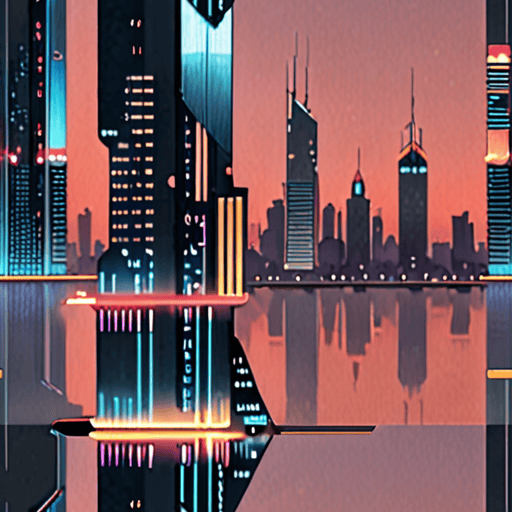
Creating a Cool Website Design
To make a cool website design, start by defining your target audience and purpose.
- Determine the type of website you want to create, whether it’s a personal blog, e-commerce store, or portfolio site.
- Research popular design trends and identify what works well for your target audience.
- Choose a color scheme and typography that reflects your brand’s personality and resonates with your audience.
- Select a layout that is visually appealing and easy to navigate.
- Consider incorporating interactive elements, such as animations and micro-interactions, to enhance user engagement.
Key Elements of a Cool Website Design
A cool website design typically includes:
- A clean and minimalistic aesthetic that prioritizes content and functionality.
- A responsive design that adapts to various screen sizes and devices.
- A consistent visual identity that incorporates your brand’s colors, typography, and imagery.
- An intuitive navigation menu that makes it easy for users to find what they’re looking for.
- A call-to-action (CTA) that encourages users to take a specific action, such as signing up for a newsletter or making a purchase.
Tips for Creating a Unique Website Design
To stand out from the crowd, consider the following tips:
- Experiment with unconventional layouts and grid systems.
- Incorporate unique typography and font combinations.
- Add custom illustrations or graphics that reflect your brand’s personality.
- Use animation and motion graphics to create a dynamic user experience.
- Make sure your website is accessible and usable on various devices and browsers.
Best Practices for Website Design
To ensure your website design is effective and user-friendly, follow these best practices:
- Keep your design simple and clutter-free.
- Use high-quality images and graphics that load quickly.
- Optimize your website for mobile devices and tablets.
- Test your website regularly to ensure it’s working correctly.
- Continuously gather feedback from users and make improvements accordingly.
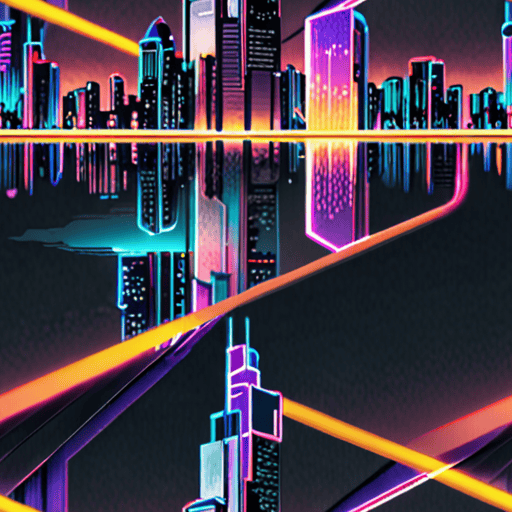
What is Creative Web Design?
Creative web design refers to the process of crafting visually appealing and engaging digital experiences that reflect a brand’s unique identity and personality.
-
Key Elements
- Color Palette: A carefully selected combination of colors that evoke emotions and convey the brand’s message.
- Typography: The choice of fonts, font sizes, and styles that enhance readability and visual appeal.
- Images: High-quality visuals that support the brand’s story and messaging.
-
Design Principles
- Balance: Achieving harmony between visual elements to create a sense of stability and equilibrium.
- Contrast: Using contrasting colors, textures, and shapes to draw attention and create visual interest.
- Alignment: Guiding the viewer’s eye through the composition to create a clear hierarchy of information.
-
Tools and Techniques
- Graphic Design Software: Adobe Creative Cloud, Sketch, Figma, etc.
- User Experience (UX) Design Tools: Wireframing, prototyping, usability testing, etc.
- Web Development Frameworks: HTML, CSS, JavaScript, React, Angular, Vue.js, etc.
-
Best Practices
- Responsive Design: Ensuring a seamless user experience across various devices and screen sizes.
- Accessibility: Implementing features that cater to diverse user needs, such as screen readers and high contrast modes.
- Search Engine Optimization (SEO): Optimizing content and meta tags to improve search engine rankings.
Creative web design requires a deep understanding of human behavior, psychology, and technology. By combining artistry, creativity, and technical expertise, designers can craft digital experiences that engage, inspire, and delight audiences worldwide.
Types of Web Design
The field of web design encompasses various disciplines, each catering to distinct needs and goals.
- Static Web Design
- Characterized by its simplicity and ease of maintenance,
- static websites are ideal for small businesses, personal portfolios, and informational websites.
- They offer fast loading speeds and are less prone to security vulnerabilities.
- Dynamic Web Design
- This approach enables real-time updates, interactive features, and personalized user experiences.
- Dynamic websites often employ databases to store and manage content, making them suitable for complex applications and e-commerce platforms.
- However, they can be slower and more challenging to maintain compared to static websites.
- E-commerce Web Design
- These websites typically feature product catalogs, shopping carts, payment gateways, and secure checkout processes.
- E-commerce websites require robust security measures to protect sensitive customer information and prevent fraudulent activities.
- They often integrate with third-party services for shipping, inventory management, and marketing automation.
A static website is a traditional type of website that uses fixed HTML files to display content.
A dynamic website utilizes server-side scripting languages like PHP, Ruby, or Python to generate content dynamically.
An e-commerce website is specifically designed to facilitate online transactions and sales.
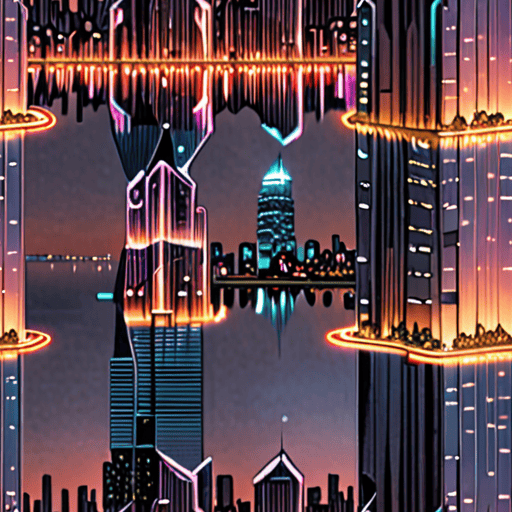
Creating a Creative Website
To create a creative website, start by defining your target audience and purpose.
- Determine the type of content you want to showcase, whether it’s art, photography, writing, or a combination of these.
- Choose a color scheme and typography that reflects your brand’s personality and aesthetic.
- Select a layout that is visually appealing and easy to navigate.
- Consider incorporating interactive elements, such as animations or videos, to enhance the user experience.
- Optimize your website for mobile devices to cater to a wider audience.
Design Principles
When designing a creative website, consider the following principles:
- Balance**: Strive for balance between visual elements, such as texture, color, and shape.
- Contrast**: Use contrast to draw attention to important elements and create visual interest.
- Emphasis**: Emphasize key elements through size, color, and placement.
- Alignment**: Align elements to create a sense of order and harmony.
- Proximity**: Group related elements together to create a cohesive look.
Tools and Resources
To create a creative website, you’ll need the right tools and resources:
- Adobe Photoshop for image editing and manipulation.
- Sketch for wireframing and prototyping.
- Figma for collaborative design and feedback.
- WordPress for building and hosting your website.
Best Practices
To ensure your creative website stands out, follow these best practices:
- Keep it simple**: Avoid clutter and focus on essential elements.
- Make it responsive**: Ensure your website adapts to various screen sizes and devices.
- Test and iterate**: Continuously test and refine your website to improve user experience.
- Stay up-to-date**: Regularly update your website with fresh content and features.
Conclusion
By following these guidelines and staying true to your creative vision, you can create a unique and captivating website that showcases your talents and resonates with your audience.
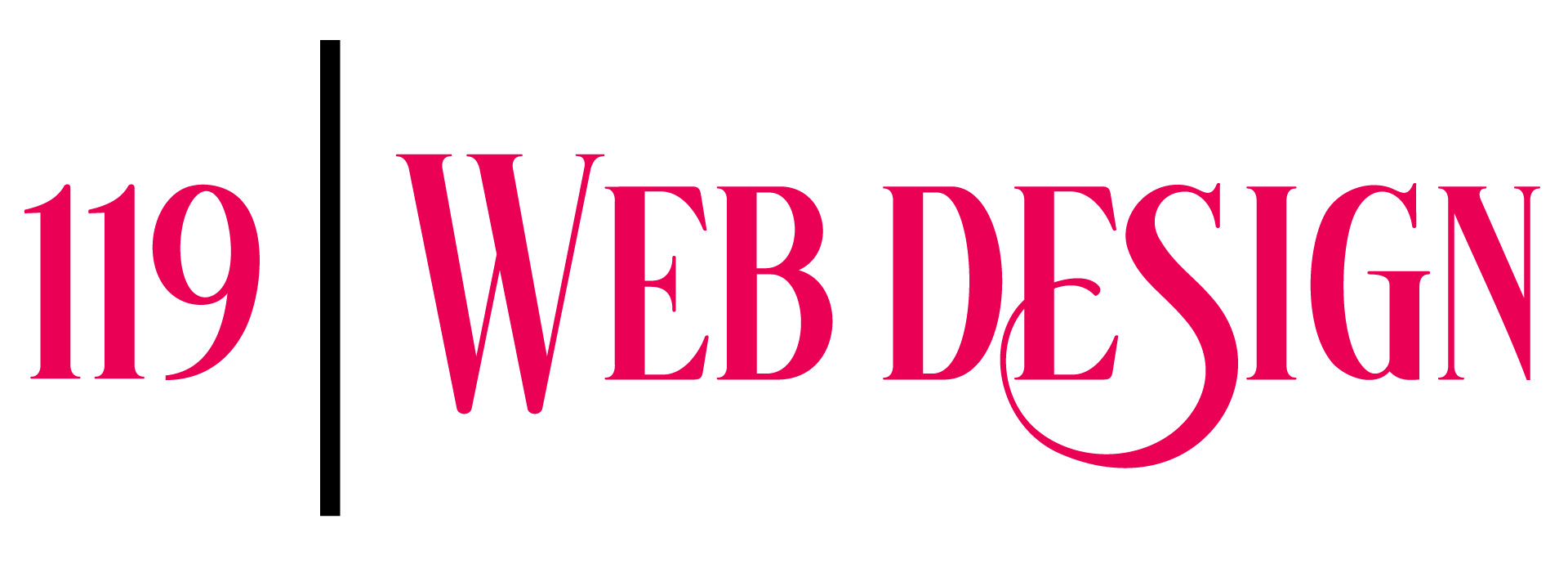
0 Comments